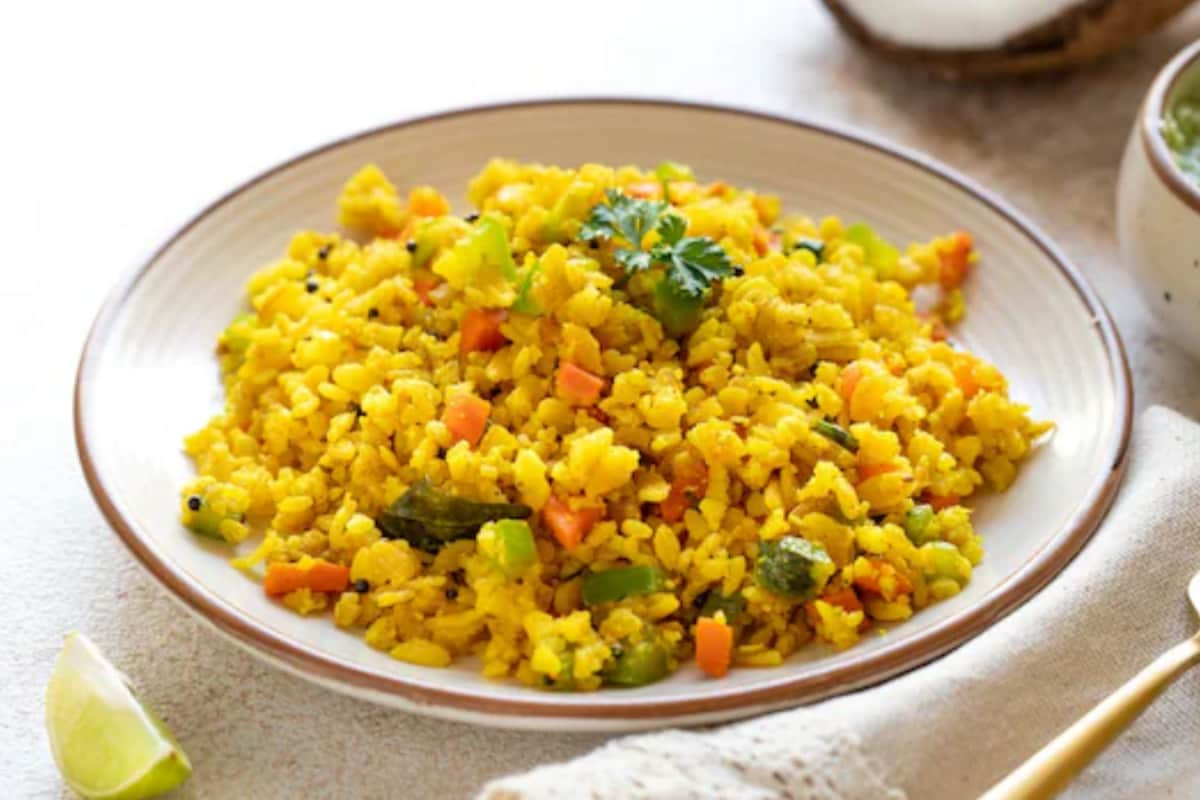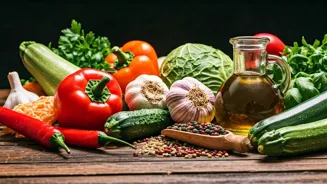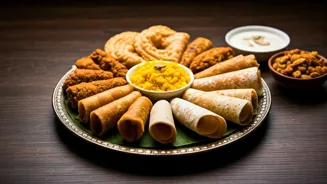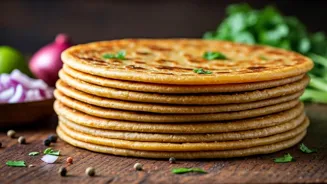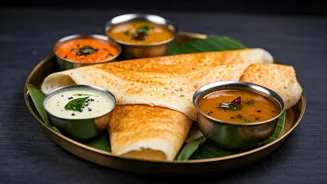Brass: A Closer Look
Brass utensils, an alloy primarily composed of copper and zinc, have a rich history in various cultures, including India, where they were widely used for
cooking. Brass's popularity stems from its excellent heat conductivity, ensuring even cooking and preventing hotspots. This property makes brass ideal for making certain foods, like rice and curries, where even heat distribution is vital. Furthermore, brass utensils often provide a beautiful aesthetic with their warm, golden appearance, adding a touch of elegance to kitchens. However, the interaction between brass and certain acidic foods can lead to the leaching of zinc into the food, potentially affecting its taste and posing health risks. This aspect makes it crucial for users to be cautious and informed about the types of food they prepare in brass utensils.
Copper: Heat Champion
Copper utensils are celebrated for their exceptional heat conductivity, surpassing even brass. This characteristic allows for quick and uniform heating, making copper an excellent choice for delicate cooking tasks where temperature control is critical. Copper's responsiveness to temperature changes provides precise control over the cooking process, enabling chefs to make adjustments easily. Another key advantage is its durability and longevity. With proper care, copper utensils can last for decades. Moreover, the use of copper utensils can add a luxurious feel to any kitchen. Copper, like brass, is not without potential health risks. Copper can also react with acidic foods and leach into food if the utensil is not properly lined. As a result, copper cookware often features a lining of tin or stainless steel to prevent direct contact between the food and the copper. This lining protects the food from potential health hazards while still taking advantage of copper's heat-conducting benefits.
Benefits of Copper
Copper offers several benefits that make it a popular choice for cooks. Its unmatched heat conductivity ensures rapid and even cooking. This feature is especially useful when cooking delicate dishes that require precise temperature control. Copper utensils allow cooks to have an advantage over other alternatives when it comes to providing optimal cooking outcomes. Furthermore, copper utensils are renowned for their durability. When properly cared for, a copper pot or pan can become a long-term investment. Moreover, copper cookware often adds a touch of elegance to the kitchen, with its characteristic appearance. However, like any cooking material, copper has some disadvantages. Acidic foods can react with copper and leach into food if the utensil is not properly lined. To circumvent this issue, most copper cookware is lined with materials like tin or stainless steel to prevent direct contact between the food and the copper. This layer protects against potential health risks, providing the benefits of copper's heat-conducting features.
Risks and Safety
Both brass and copper utensils come with potential health risks that users need to be aware of. The biggest concern with brass is the leaching of zinc into food, particularly when cooking acidic dishes. Excessive intake of zinc can cause health issues. In the case of copper, the primary risk is copper leaching, especially if the utensil doesn't have a protective lining. Copper toxicity, although rare, can lead to gastrointestinal problems. To mitigate these risks, it's important to avoid cooking acidic foods, such as tomatoes or citrus-based sauces, in unlined brass and copper utensils. Regular cleaning and maintenance are also crucial to remove any buildup or residue that could contribute to leaching. If you use copper cookware, ensure it has a protective lining of tin or stainless steel. Choosing utensils made from food-grade materials and following best practices for cooking and care will help reduce these risks, providing a safer and more enjoyable cooking experience.
Brass vs Copper?
Choosing between brass and copper utensils depends on your cooking preferences and priorities. If you prioritize even heat distribution and a beautiful aesthetic, brass might be suitable, but you should be mindful of the foods you cook in them. For cooks who require precise temperature control and value rapid heating, copper is an excellent option, provided the cookware is lined. Consider your cooking habits. If you frequently prepare acidic foods, it is advisable to opt for copper cookware with a protective lining. Also, remember the importance of maintenance. Regular cleaning and proper storage are necessary to keep any utensil in good condition. Ultimately, the ideal choice hinges on a balance of your culinary needs and a thorough understanding of each metal's advantages and disadvantages. By making informed decisions, you can enjoy the benefits of either brass or copper while cooking safely and efficiently in your kitchen.

